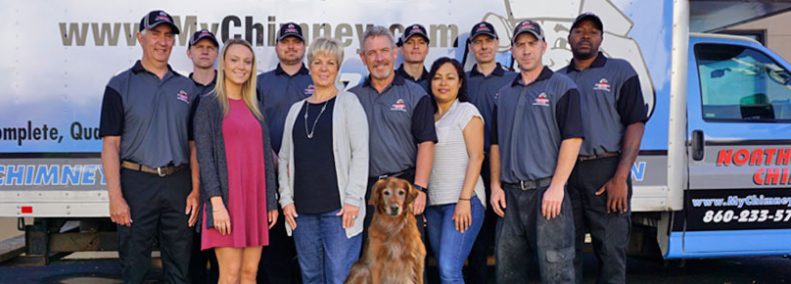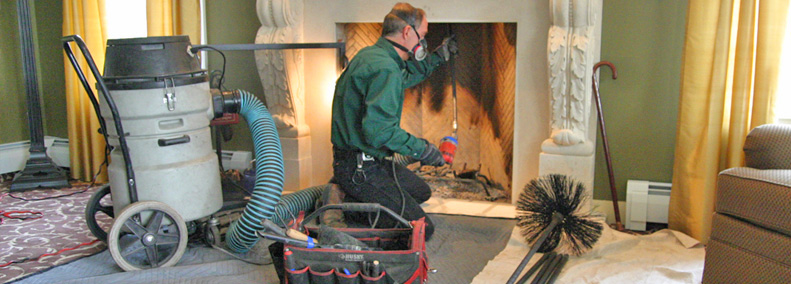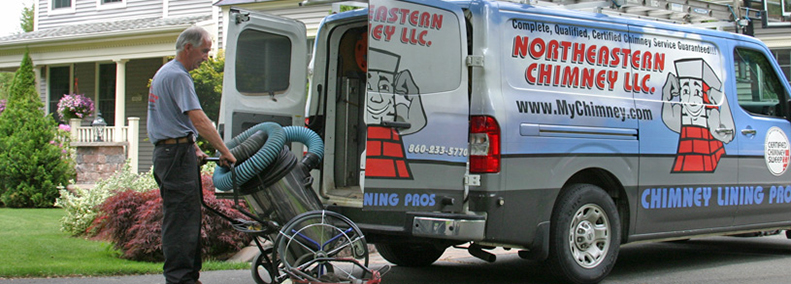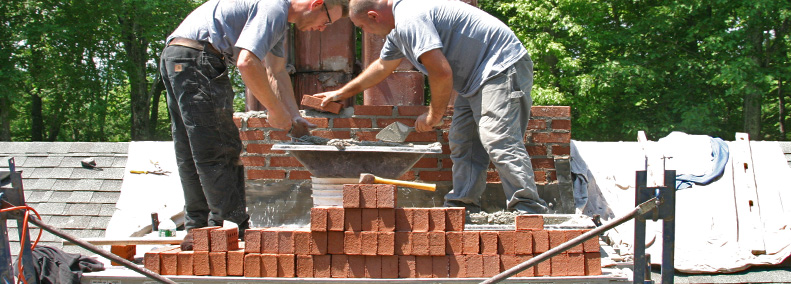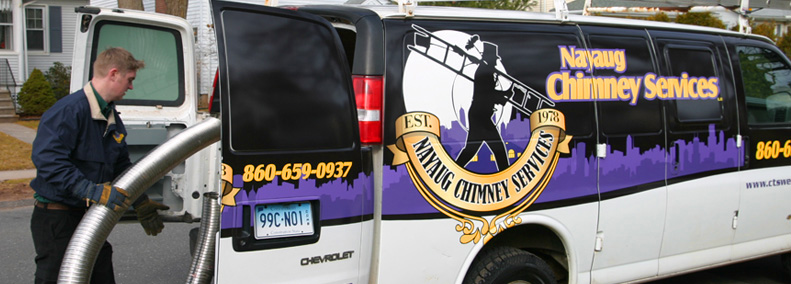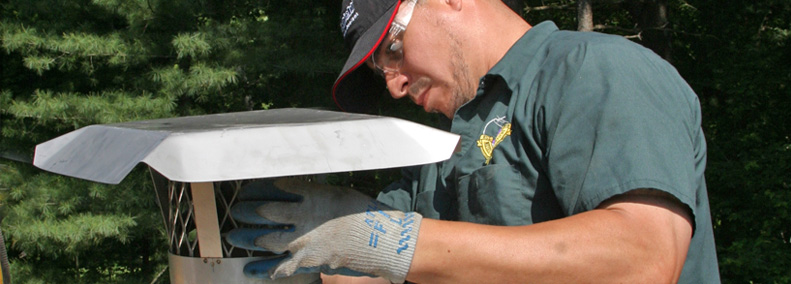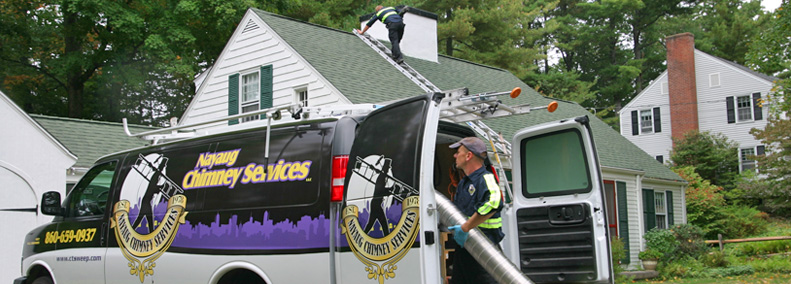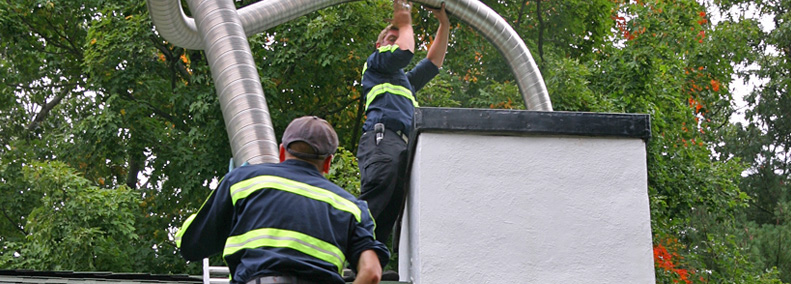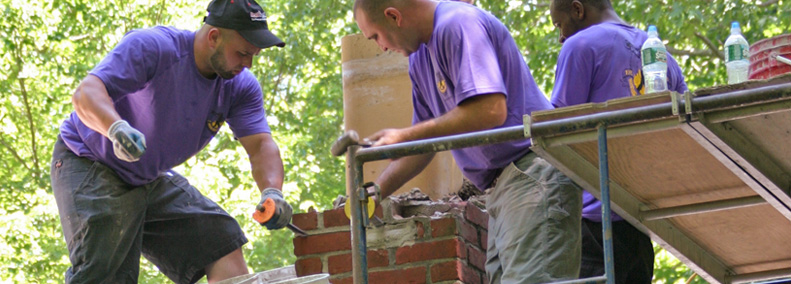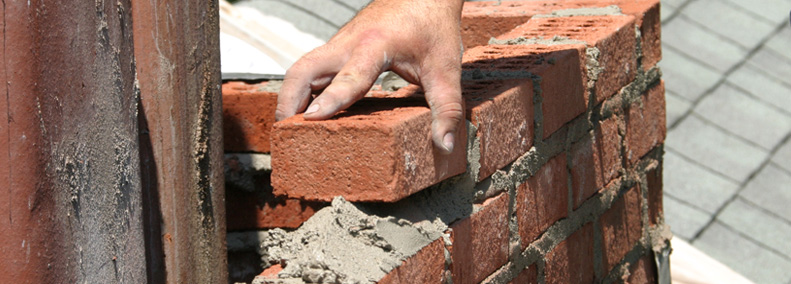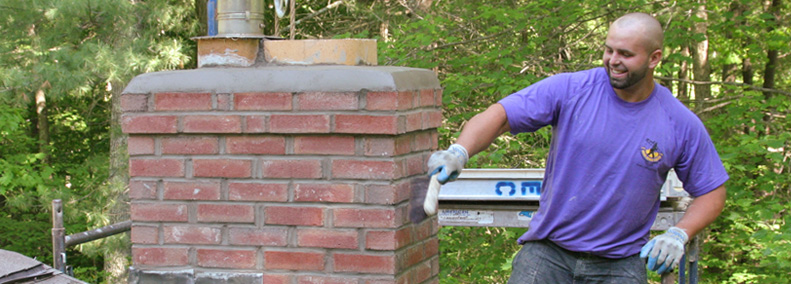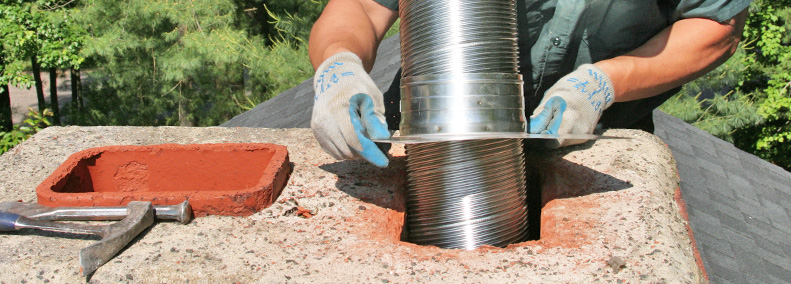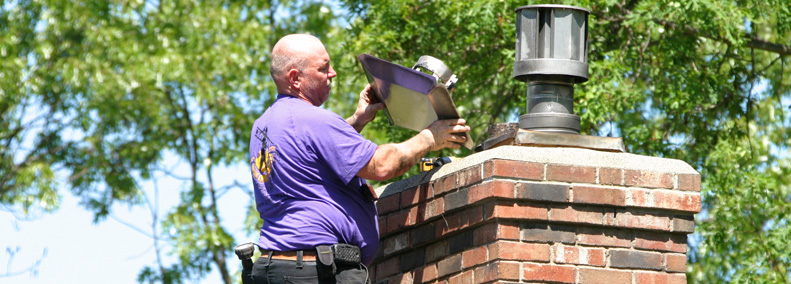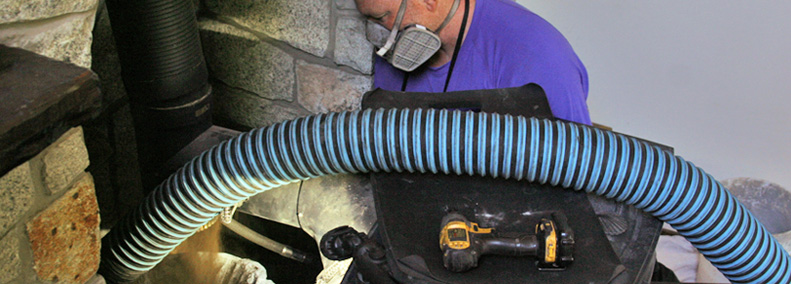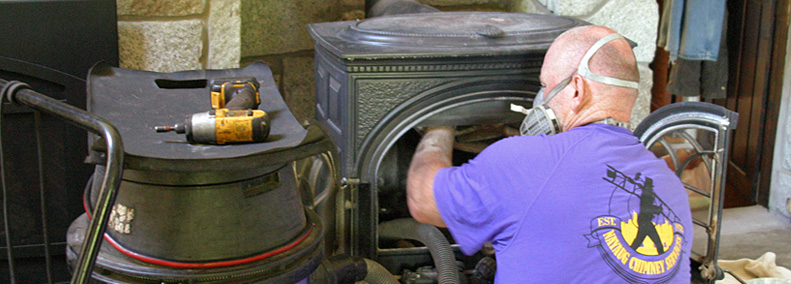01.31.12
Chimney Drafting Problems
Understanding Your Chimney and Drafting
 In order to fix a problem, it helps to know a little about how it developed in the first place. There are lots of confusing technical explanations of how chimneys work and how a simple draft problem can result in an uncomfortable living environment. To understand draft problems, you first have to know what draft is. Fireplace drafting is how well your fireplace displaces the products of a fire up the chimney and out into the atmosphere. Drafting problems can cause combustion products to back up and enter your home leaving behind unpleasant and unsafe conditions. If the draft is working correctly, then the harmful gases and smoke from the fire will properly exit through the chimney flue. While there are many factors that can cause draft problems, there are typically simple solutions. The first step is finding the problem in the first place!
In order to fix a problem, it helps to know a little about how it developed in the first place. There are lots of confusing technical explanations of how chimneys work and how a simple draft problem can result in an uncomfortable living environment. To understand draft problems, you first have to know what draft is. Fireplace drafting is how well your fireplace displaces the products of a fire up the chimney and out into the atmosphere. Drafting problems can cause combustion products to back up and enter your home leaving behind unpleasant and unsafe conditions. If the draft is working correctly, then the harmful gases and smoke from the fire will properly exit through the chimney flue. While there are many factors that can cause draft problems, there are typically simple solutions. The first step is finding the problem in the first place!
How does a chimney work?
Chimneys work within the parameters of the concept that hot air rises. This is the basis for how a chimney works. Also known as the stack effect, this concept is where hot air along with the combustion gases from the fire rises to the top of the chimney and then the area left vacant must be filled with cooler air that will then help the hot air continue its ascent through the chimney flue and out into the environment. When the process works properly, all of the combustion products leave the chimney and none of the gases escape into the room of the home. Problems occur when the hot air wants to leave through the chimney flue but there is negative air pressure in the room and it is prevented from leaving. This causes a back draft in which the air that is meant to leave through the top of the chimney reverses and enters the home instead. When back drafting occurs, this process puts harmful chemicals and soot into the rooms of the home and thus creates a problem.
Draft Factors
There are many elements of a chimney that could be the cause of problems with your fireplace draft. Issues range from a blocked chimney flue to the incorrect firebox size and or installation mishaps. Many times the problem is as simple as a plugged or closed damper or someone intentionally blocked off the chimney flue and forgot about it. Less obvious causes could be a dirty chimney cap, one that does not fit properly or was installed incorrectly, structural damage, other repairs that were not completed correctly or unwanted animals and insects that have picked an inconvenient spot for a home. Problems can also result from a partially closed off chimney flue as a result of creosote (soot) buildup along the chimney walls or spark arrester. This partial blockage is a serious problem because it could also cause chimney fires to take place.

They may be cute, but critters can leave behind a mess of nesting materials that create chimney blockages.
A chimney with a clogged passageway or stopped up chimney cap is similar to a hose with a closed nozzle – the harmful gases cannot get through to the outside so they get backed up into the home instead. Material may be brought into your chimney by nesting animals that can create serious blockages and effect the drafting function of your chimney. Birds, squirrels, raccoons and even insects can decide to make your chimney their summer home. An annual chimney inspection will make sure that no blockages exist in your chimney.
The Firebox
The firebox can cause two main problems that result in draft issues. The first one is that the firebox and the chimney flue must be the correct ratio to each other in order for the system to work properly. For every 10 square inches of firebox, there should be one square inch of chimney flue to handle the amount of smoke and combustion gases that result from a firebox of that size. If the ratio is incorrect it will most likely result in harmful backup into your home. The second consideration to be made with the firebox is that it should be no more than one inch from the back wall of the chimney. This is because sometimes the smoke and gases from the fire are too close to the front of the firebox to be brought up with the draft and therefore enter into the home this way. To ensure gases do not escape this way in your home, before you start a fire push the fire grate all the way back against the back wall of the fireplace. Also, always ensure your fire is built on top of the fire grate to make sure the fire gets enough oxygen.
Chimney Design
 At times the design of the chimney may be a factor in draft problems. While there are many things that can go wrong during the building process, ensuring your fireplace is designed following the fireplace codes will eliminate these concerns. At times an improper firebox to flue ratio will be used, or the fireplace could be manufactured incorrectly. Also, if the firebox is too shallow (less than 20 inches), then smoke and may enter the room without a chance to leave through the appropriate flue. Flue angles can also cause problems because the heat may not produce enough force to leave through a non-vertical passageway through the chimney walls. Chimney caps many times have screens that can become partially blocked with creosote build-up reducing the drafting capability of the flue system.
At times the design of the chimney may be a factor in draft problems. While there are many things that can go wrong during the building process, ensuring your fireplace is designed following the fireplace codes will eliminate these concerns. At times an improper firebox to flue ratio will be used, or the fireplace could be manufactured incorrectly. Also, if the firebox is too shallow (less than 20 inches), then smoke and may enter the room without a chance to leave through the appropriate flue. Flue angles can also cause problems because the heat may not produce enough force to leave through a non-vertical passageway through the chimney walls. Chimney caps many times have screens that can become partially blocked with creosote build-up reducing the drafting capability of the flue system.
External Factors
It is also possible that your chimney is working correctly and the problem is coming from the home or the room the fireplace is in instead. The chimney uses the stack effect to function, but if there is another appliance in the room pulling air outside as well, this may cause draft problems as well. For example, an air vent could be the culprit. If an air vent such as a central vacuum, clothes dryer or a forced air furnace is in the same room as the fireplace and they are both working at the same time, this can cause problems as they are both sucking air out of the room. In this case, the fireplace may instead back up and release unwanted smoke into the room instead of dispelling these gases outside.
A new home with tightly sealed walls may also have problems replacing the air that leaves through the top of the chimney. The air that leaves through the top of the chimney along with the gases and smoke must be replaced by something and if the house is too tight and new air cannot be let in, then a back draft will occur. Typically leaving a window open will resolve this problem immediately. Strong wind may also cause similar problems where the smoke may be pushed back down the chimney and into the room and not allowed to exit from the top.
Don’t Burn Green
Burning the correct fuel for your fire is always important, especially to avoid draft problems. If you use green or wet wood, then your fires may not burn hot enough for the air to rise and get replaced by cooler air. This will then cause draft problems and the smoke and gases will not be able to exit the room.
If the problems still persist, here are some measures to take.
1. A good first place to start is to call your local certified chimney sweep. Your chimney inspector will recommend any corrective actions to be taken – the small fee will be well worth the peace of mind this inspection will provide.
2. Before you start the fire, place the metal fire grate as far back against the chimney wall as it will go.
3. Purchase and utilize a protective metal screen to shield your hearth form flying sparks and embers.
4. Check to make sure that your damper is open when the fireplace is in use.
5. Turn off all other air vents in the same room as the fireplace when it is in use.
6. If your home is less than 25 years old, open a window when a fire is going in case the home is sealed too tightly.
7. For a more drastic measure, increase the height of the chimney to get more draft. This is not always an appropriate fix as there is a limit to this as frictional forces may hinder the amount of height you can add.
While you may figure out how to alleviate most of the excess smoke in your home on your own, because of the heath affects associated with a back draft it is always advised to still consult your chimney professional to ensure your home is safe. With your new expertise on chimneys and how to prevent harmful combustion gases from entering your home you no longer have to worry when you start a fire. Just sit back, relax, and enjoy the soothing crackle of the fire.
If your fireplace is not drafting properly give us a call us at 860-659-0937 and schedule a chimney inspection to determine what the nature of your problem is.

 Tap to Call Now
Tap to Call Now

